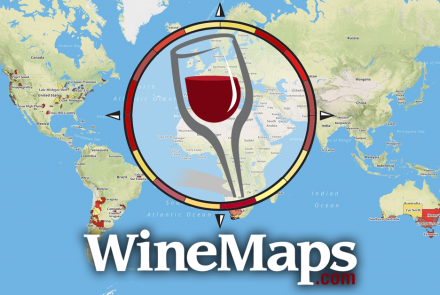Galicia is an autonomous community located in northwestern Spain, above Portugal. Covering a total area of around 29,574 square kilometers, this historical region is known for its green landscapes, a part of which forms the iconic Santiago de Compostela pilgrimage route.
Surrounded by the Atlantic Ocean and the Cantabrian Sea, Galicia has a distinct geography marked by rías, or coastal inlets, and its interior landscapes are lush with forests and mountain ranges. The climate ranges from oceanic in the coastal regions, temperate and humid in the middle, and slightly colder at the higher altitudes.
The region is rich in culture, having Celtic, Roman, and Germanic influences, especially noticeable in its traditional music, dance, bagpipe usage, and folklore. Galician, closely related to Portuguese, is the region's official language along with Spanish.
Galicia's economy relies on fishing, agriculture, and a growing service sector. It is renowned for its seafood, wine production, and dairy products. Galicia is also home to numerous UNESCO World Heritage Sites and areas of natural beauty, making tourism a significant economic contributor.
Galicia is also known for its architectural heritage, with Roman walls in Lugo and the Tower of Hercules in A Coruña being prime examples. However, the most emblematic symbol of Galicia is probably the majestic cathedral of Santiago de Compostela, the final destination in the Camino de Santiago pilgrimage.
Despite modernization, Galicia retains its traditional charm and cultural identity, offering a unique blend of history, nature, and vibrancy to those who visit or call it home. It is a land of legends and myths, giving it an enduring, mystical allure.


